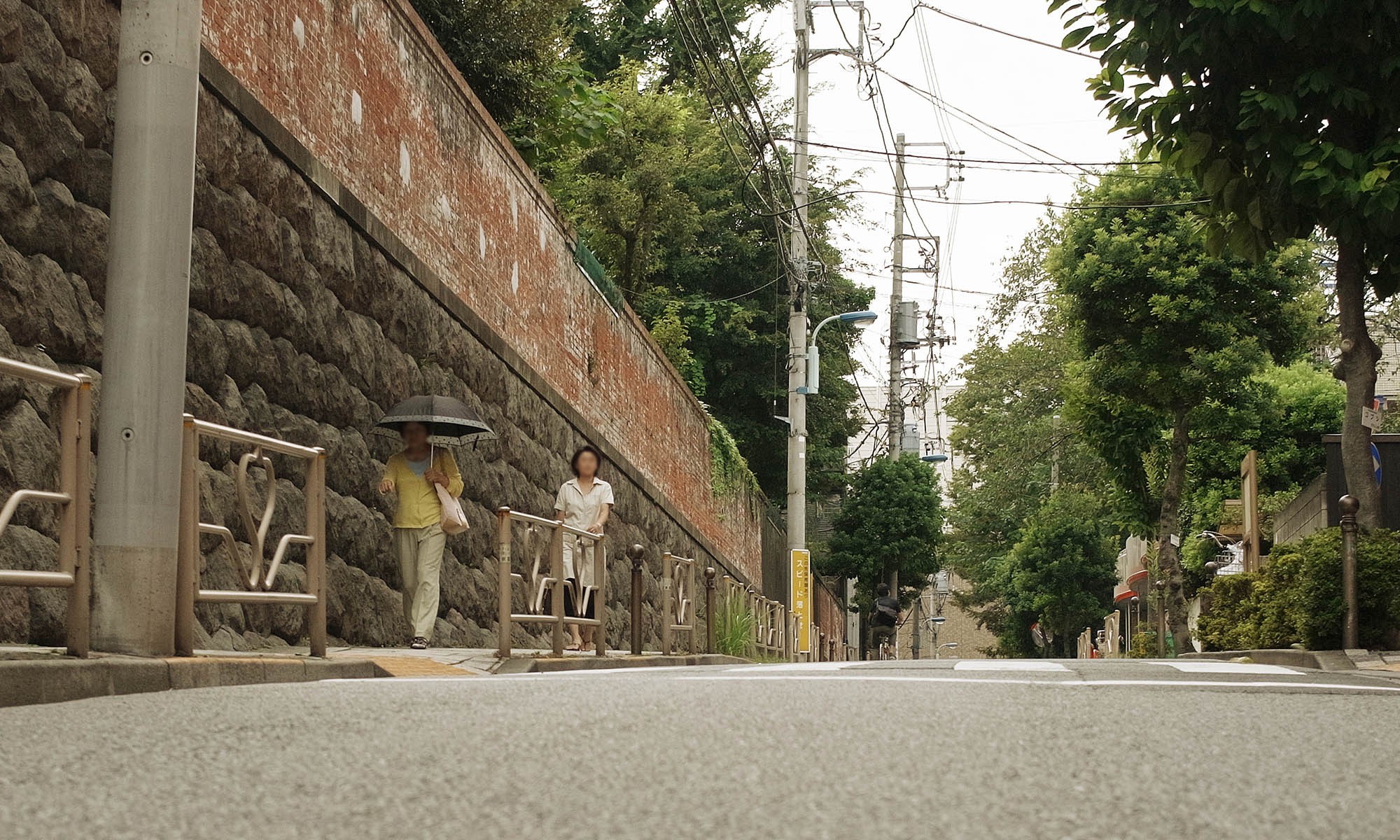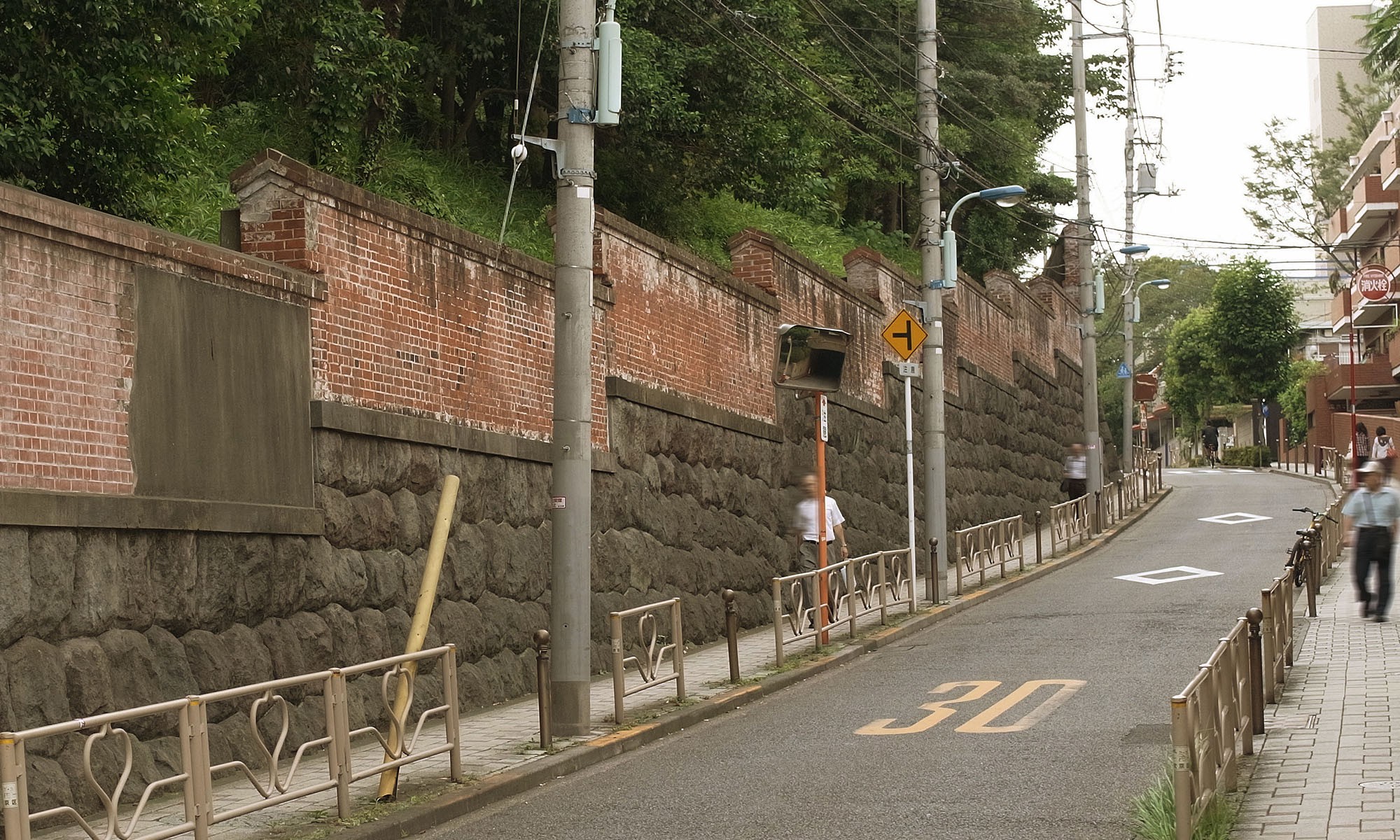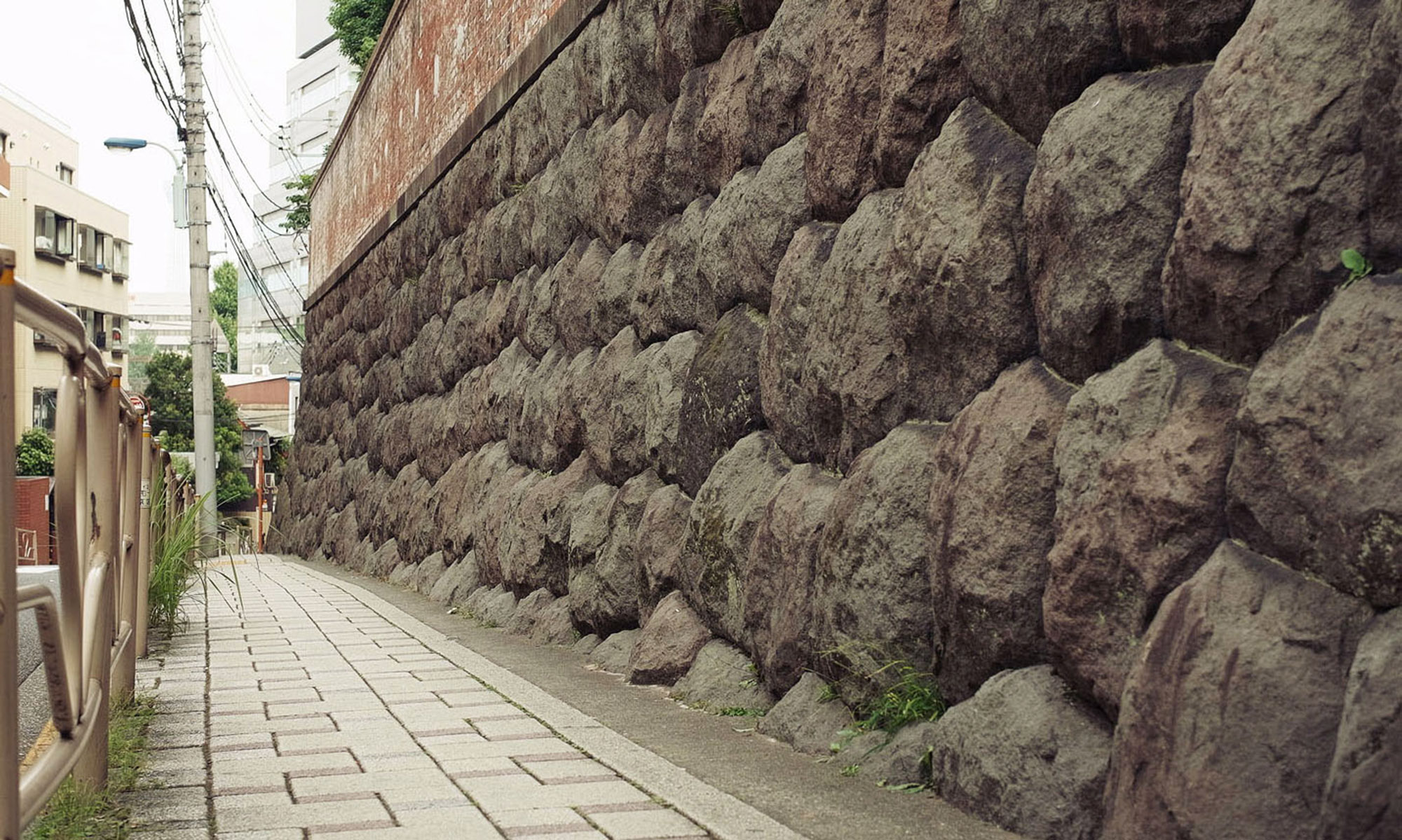


片想いの道
One-way Street
時代を越えて文学とつながる道
森鴎外の小説『雁』の舞台になった道です。どことなく暗くて、陰鬱な雰囲気がある。東大から上野駅へいく通り道なのですが、この道を通ると、ひとりぼっちであるいている孤独を感じます。
道は人と人が繋がるためつくられるものですよね。脳の神経細胞には、必ず入力先と出力先がある。細胞を培養すると、2年くらい生きている。栄養満点にすると単独で生きているのですが、栄養不足になくなると神経線維を張り巡らせて、周りの細胞と回路をつくる。つまり、コミュニケーションを欲するんです。コミュニケーションをとらない細胞は神経回路から排除され、死んでしまう。すべての家は玄関に通じる道がある。道がなかったら、生活できない。道とは、生きるための命綱。人と人との「縁」をつくるんです。
ところが、この道は、無縁坂=縁の無い坂と書きます。森鴎外はわざとここを『雁』の舞台に選んでいて、東大に通っている岡田の通学路として登場します。この道の側にちょっぴり不幸なお玉さんという女性が住んでいて、岡田を好きになった彼女は彼に会うために道に降りていくのですが、すれ違ってしまう。そして翌日には岡田は留学してしまい、思いを遂げることができずに物語は終わる。つまり縁がなかった。その暗さが、道に現れているのかもしれません。今でもこの道が一方通行というのも面白いですよね。実は、神経細胞も一方通行です。時代を超えてなお、片思いのまま。その物語性に魅かれるんです。
One-way Street
Muenzaka is one of the streets in which The Wild Geese by Ogai Mori was set. The street has somewhat of a dark and somber feel to it. It takes me from the University of Tokyo to Ueno Station, and whenever I walk along this street, I feel a strong sense of loneliness.
Streets are made to connect people. Every brain neuron has an input and output zone. When cells are cultured they are able to live for nearly two years. When they are provided with good nutrition, they are able to live in isolation, but when they are malnourished, they extend neural strands and begin to form circuits with other cells. It means they are seeking communication. Those cells that do not engage in communication are excluded from the neural circuit and eventually perish. All houses have a path that takes you to its entrance. Without the path, one cannot go about their daily life. A path is like a harness to live. A path creates connections between people.
However, this street is called Muenzaka, which in Japanese literally means a slope with no connection. Ogai Mori deliberately chose to use Muenzaka in his book for the protagonist Mr. Okada’s route to the University of Tokyo. Living just off Muenzaka is the slightly unfortunate Otama. She fancies Mr. Okada and goes down to Muenzaka to see him, but their paths never cross. The following day, Mr. Okada leaves Japan for his studies and the story ends without Otama ever letting him know of her feelings. She never had the chance to connect with him. This may be the reason why this street has a dark feel to it. I find it intriguing that Muenzaka is still a one-way street even today. Brain neurons also only work one way. Even with the passage of time, they remain one-way. This street tells such a deep story and this is why I love the street.
池谷裕二(脳研究者)
1970年生まれ。静岡県出身。東京大学・大学院薬学系研究科・准教授。薬学博士。「脳の可塑性の探求」をテーマに、脳科学の最先端の研究に従事。著書に、ベストセラー『海馬−脳は疲れない』(新潮文庫)、『単純な脳、複雑な「私」』(講談社ブルーバックス)など。
Yuji Ikegaya (Neuroscientist)
Born in 1970, from Shizuoka Prefecture. Associate Professor of the Graduate School of Pharmaceutical Sciences, University of Tokyo, Ph.D in pharmacology. He conducts leading edge neuroscience themed research on the theory of brain plasticity. His publications include Kaiba: No wa tsukarenai (Hippocampus: Your Brain Never Tires) published by Shinchosha, Tanjun na no, fukuzatsu na watashi (Simple Brain and Complicated Self) published by Kodansha Blue Backs, etc.
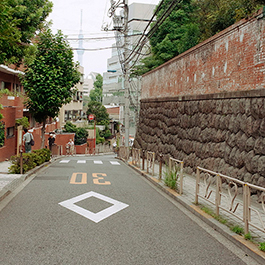
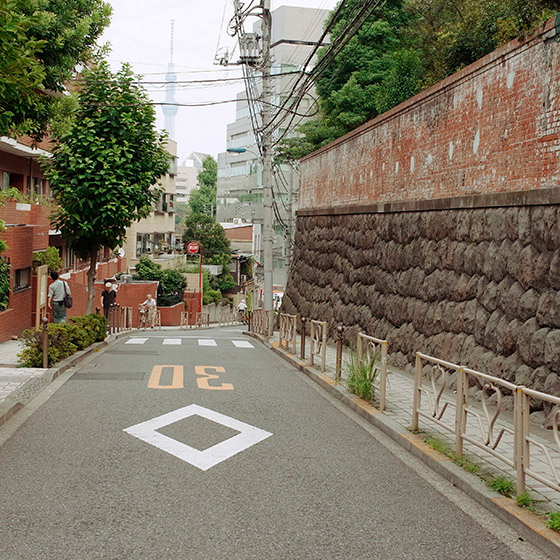
車も通ることのできる坂道。
撮影:塚本哲也
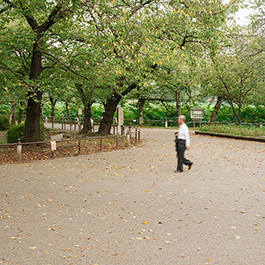
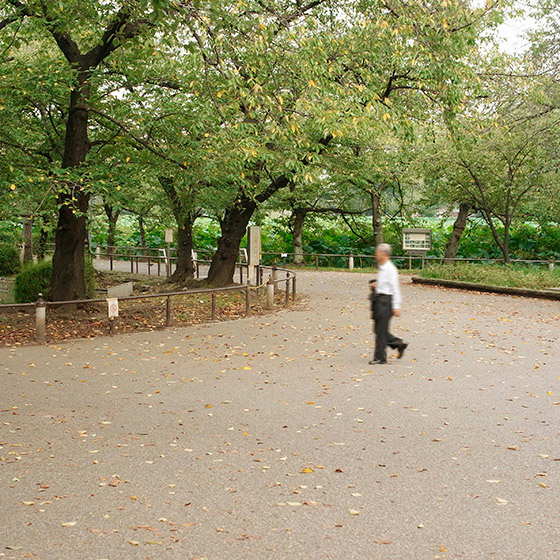
坂を下りきった先にある不忍池の公園。
撮影:塚本哲也
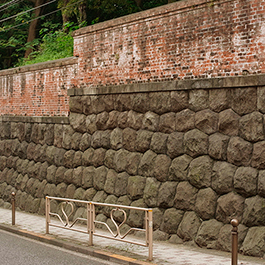
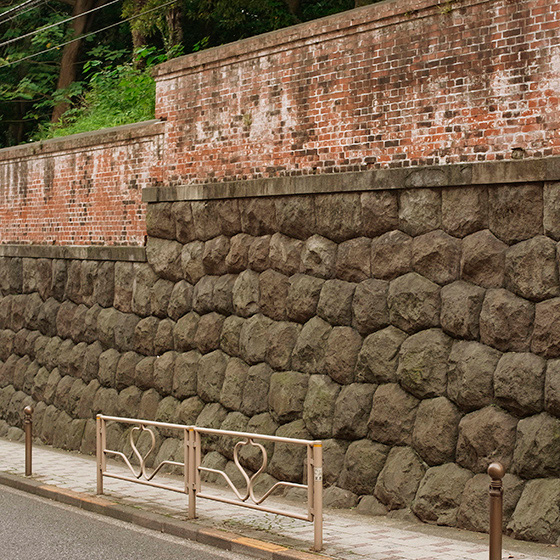
石垣の上に積まれたレンガの壁。
撮影:塚本哲也


坂の急斜に合わせて積み上げられたレンガ。
撮影:塚本哲也


時の流れを感じさせるレンガのテクスチャ。
撮影:塚本哲也
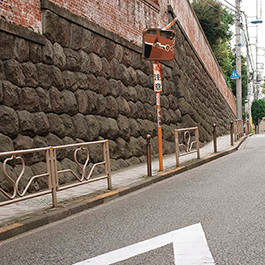
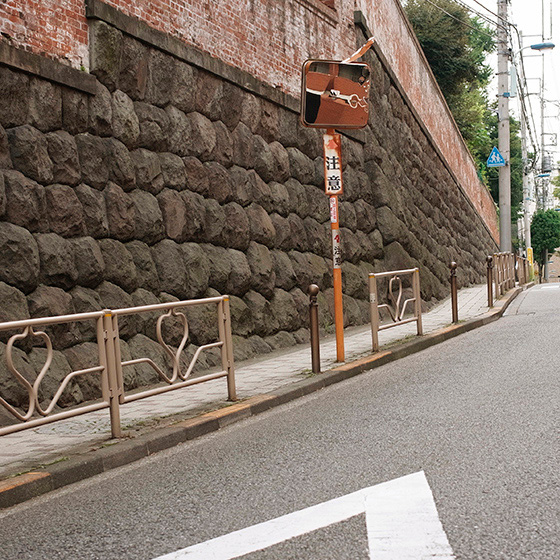
ややカーブしている坂道。
撮影:塚本哲也
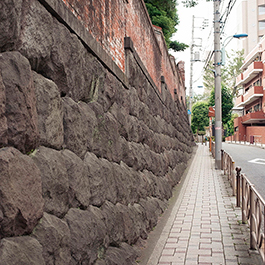
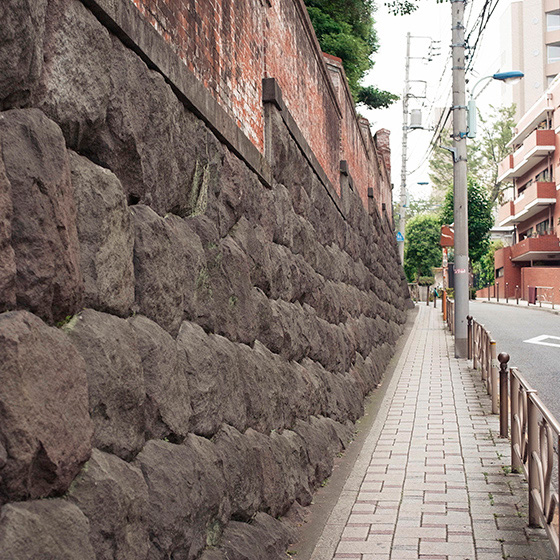
一気に駆け上がるのは大変。ゆっくり歩くのがベスト。
撮影:塚本哲也
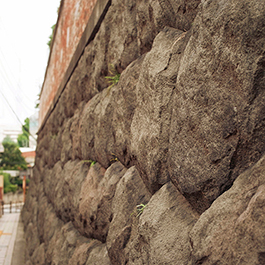
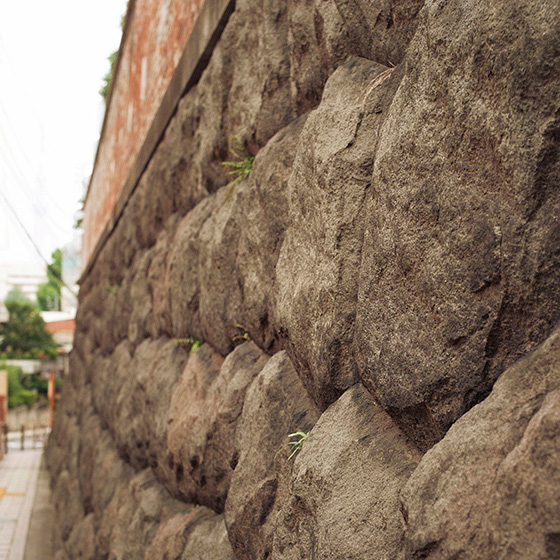
石垣の隙間からのぞく雑草。
撮影:塚本哲也
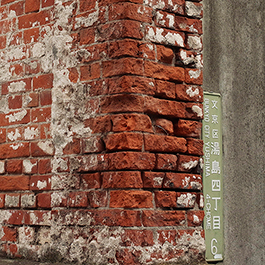
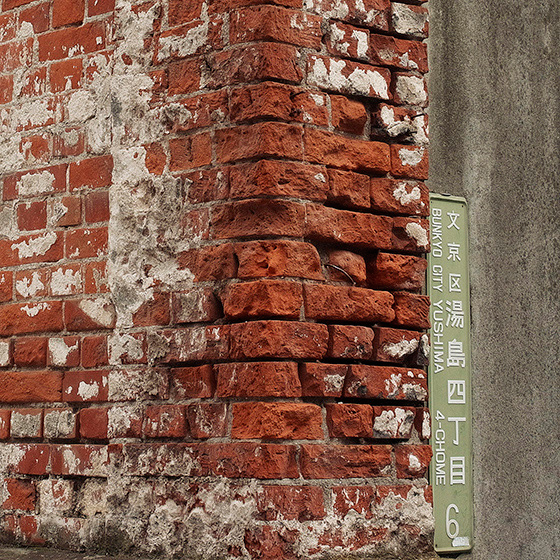
積み上げられたレンガのテクスチャ。
撮影:塚本哲也
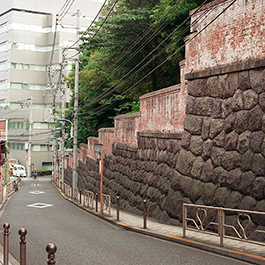
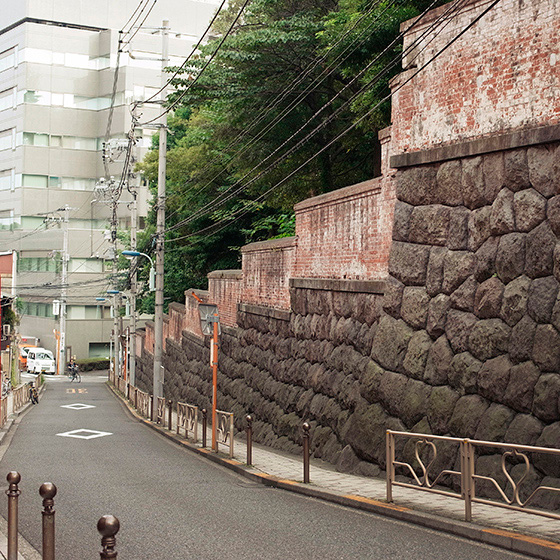
自転車の通りも多い。
撮影:塚本哲也
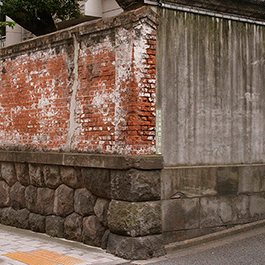
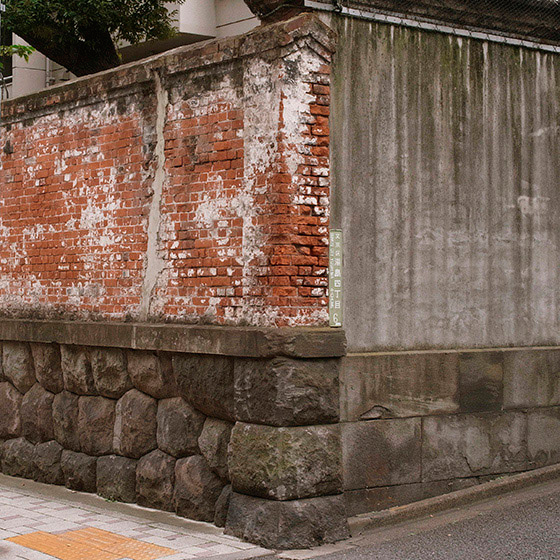
坂を登り切った壁面。
撮影:塚本哲也


壁面の上からツタが覆う。
撮影:塚本哲也
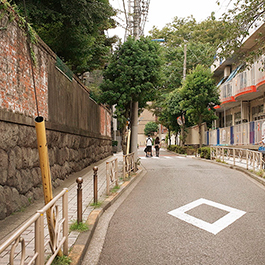
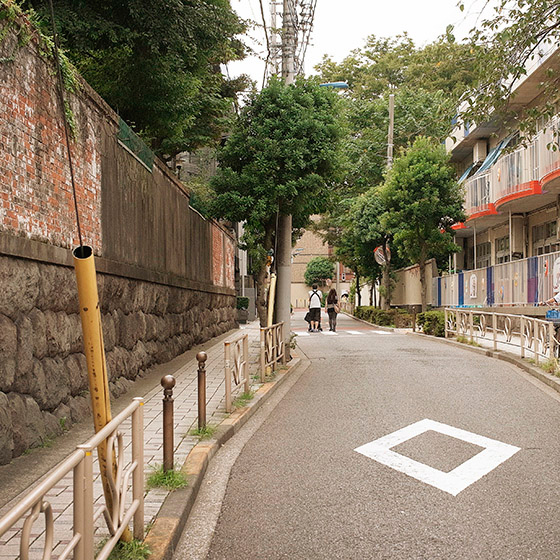
坂の片側にある幼稚園。
撮影:塚本哲也
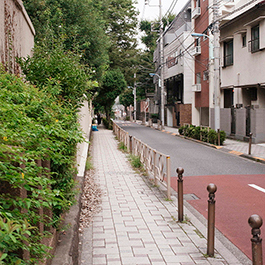
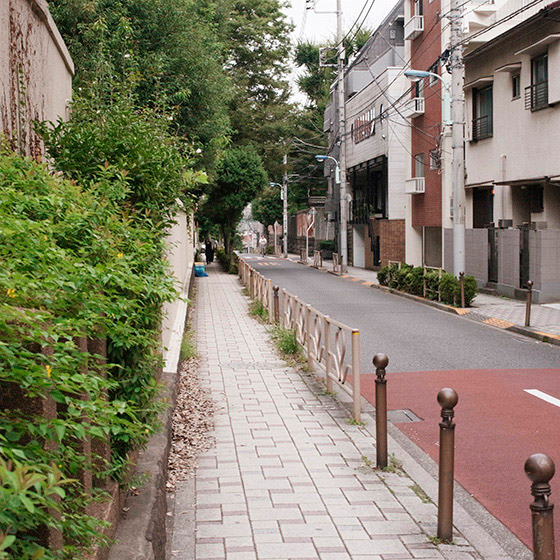
静かな住宅街。
撮影:塚本哲也
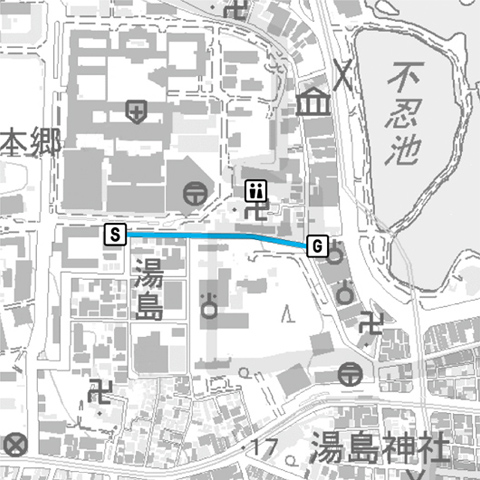
所在地:東京都台東区池之端1丁目
距離:ロード片道約250m
路面:アスファルト
高低差:坂道
おすすめ季節:春秋
近隣施設:旧岩崎邸庭園、不忍池、東京大学
緑の多さ:少ない
その他:一方通行
Location: 1 Ikenohata, Taito Ward, Tokyo
Distance: 250m one-way road
Road surface: Asphalt
Altitude difference: Hilly
Best seasons: Spring and Autumn
Nearby facilities: Kyu-Iwasaki-tei Gardens, Shinobazu Pond, the University of Tokyo
Greenery: Limited
Other: One-way street
アクセス :
JR上野駅下車徒歩約15分
ACCESS :
15 minutes’ walk from JR Ueno Station
編集:高木基、服部円
撮影:塚本哲也
製作:ランナーズインフォメーション研究所
Editor:Moto Takagi, Madoka Hattori
Photographer:Tetsuya Tsukamoto
Production: Runner’s Information Research Institute
